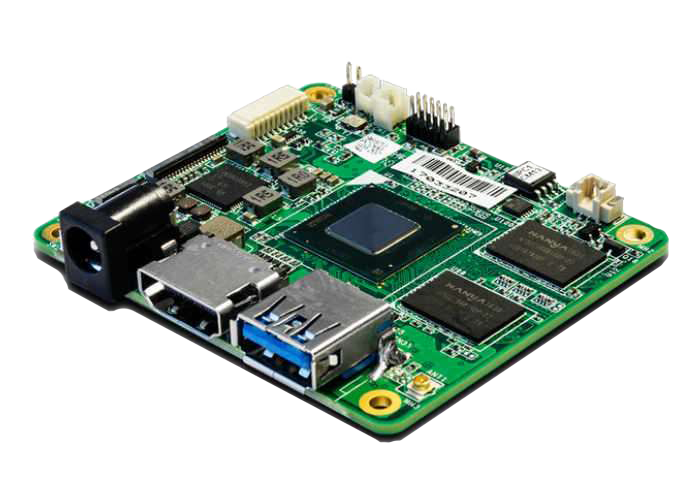I’m not sure if ActivityPub allows for an extension like that. And I mean if you open up a separate direct channel via TURN… It’ll be incompatible with something like Mastodon anyways, so I then don’t see a good reason for why to bother with the additional overhead of AP in the first place. I mean you could then just send the status updates in some efficient binary representation as data packets directly do the other players. So why use ActivityPub that needs to encode that in some JSON, send it to your home instance, which handles it, puts it in the outbox, sends HTTP POST requests to the inboxes of your teammates where it then needs to be retrieved by them… In my eyes it’s just a very complicated and inefficient way of transferring the data and I really don’t see any benefits at all.
So instead of extending AP and wrapping the game state updates into AP messages, I’d just send them out directly and skip AP altogether. That probably reduces the program code needed to be written from like 20 pages to 2 and makes the data arrive nearly instantly.
I suppose I could imagine ActivityPub being part of other things in a game, though. Just not the core mechanics… For example it could do the account system. Or achievements or some collectibles which can then be commented and liked by other players.











Sure. Most of the actual traffic is encrypted by https these days. So they can’t look inside. But they can see to what IP you send these encrypted packets and from where packets come to you.
With DNS they can see what domains you typed in and your computer looks up. Just the part to the .com or something and nothing after. And sure, they’re preconfiguring their DNS server. Because they’re an internet service provider and you pay them to provide services like domain name lookup to you. They’re certainly not going to preconfigure a server of their competitors and funnel your data to them.
With something like Mullvad, if you configure that correctly (!) also your DNS requests go through an encrypted tunnel. Now your ISP can only see you connect to some Mullvad server. And now Mullvad provides DNS to you and they’re now the ones who can see what kind of domains you look up.
You can often just change your DNS settings. Either in the devices or for all your network in the router. But mind that plain DNS on port 53 is unencrypted. You’re connecting to a different setver then, but theoretically they could snoop on you if it’s an unencrypted connection.
Isn’t there some ISP in the US that is kinda trustworthy? I mean Mullvad or all the other VPN services are companies, too. Depending on your use-case and threat scenario, you might want to choose a different ISP if you’re afraid of them… But I’m not an expert on American companies. And I also use third-party DNS servers. I own my Wifi router and I set the DNS to opennic.org and also configured an AdBlocker.